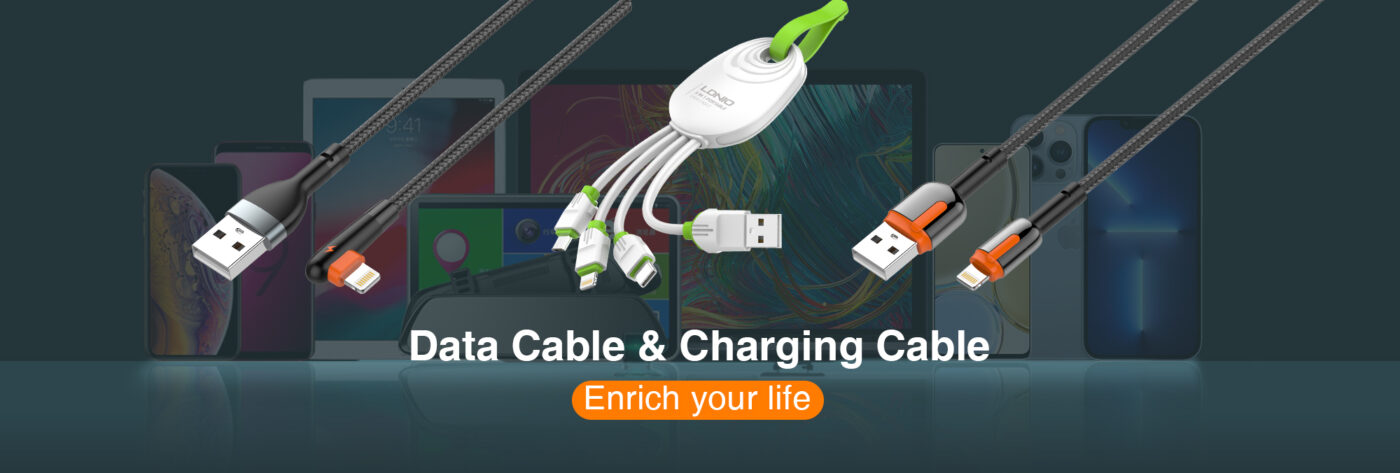Blog
Understanding USB Cable Types and Which One to Use
Data cable transfers data between electronic devices, such as computers, smartphones, and other peripherals. These cables can come in different shapes, sizes, and types, depending on the devices they are designed to connect.
The most common data cable types include USB, Ethernet, HDMI, and VGA cables. Data cables can also come in different lengths, with longer cables being used to connect devices farther apart. Additionally, some data cables may have special features such as shielding to reduce interference and improve signal quality.
Uses of USB data cable to know about
A USB cable is a cable with a USB connector on one end and another type of connector on the other, such as a Micro-USB, USB-C, or Lightning connector, depending on the device it is meant to connect to.
- USB cables are commonly used to connect devices such as external hard drives, printers, smartphones, and tablets to a computer or charger.
- The USB standard has evolved, with newer versions that provide fast speed and more power delivery capabilities.
- The latest version, USB 4, can transfer data at up to 40 Gbps speeds and supports up to 100W power delivery.

Types of USB cable to understand the proper working
There are several types of USB cables, each designed for a specific purpose. Following are the types of USB data cables:
USB Type-A
This is the most common USB cable to connect devices like printers, external hard drives, and cameras to computers.
A USB type-A data cable has a type-A connector on one end and a type-B, type-C, or micro-USB connector on the other, depending on the connected device.
USB Type-B
This cable is used to connect printers and other peripherals to computers.
USB Type-B cables typically have a maximum transfer rate of 480 Mbps (megabits per second) and are compatible with USB Type-A data cables.
USB Type-C
This is a newer type of USB cable that is becoming increasingly popular. It is used for charging smartphones and tablets and connecting devices like external hard drives, cameras, and monitors to computers.
USB Type-C cables are reversible, which means you can plug them in either way without worrying about the orientation.
Mini-USB
This type of cable is smaller than a regular USB cable and is often used for charging and syncing older smartphones and cameras.
Micro-USB
This type of cable is smaller than a mini-USB cable and is commonly used for charging and syncing smartphones, tablets, and other portable devices.
Lightning cable
This cable type is used exclusively by Apple devices like iPhones, iPads, and iPods. It is used for charging and syncing data between these devices and computers.
Which one to use?
When choosing which USB cable to use, it’s important to consider the type of device you’re connecting, the data transfer speeds you need, and the charging requirements of the device.
- For example, connecting a modern smartphone or laptop will likely need a USB Type-C cable for fast charging and data transfer speeds.
- If you’re connecting an older device like a camera, you may need a USB Type-B or Mini-USB cable.
Contact LDNIO to order the best data cable
All types of USB data cables are essential depending upon their features; however, you should select the type according to your connecting device. You can contact us to know the different data cable options we have and can order in bulk from us.

